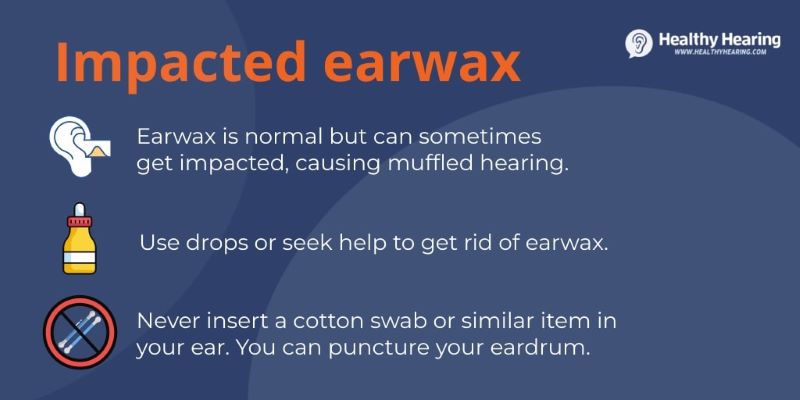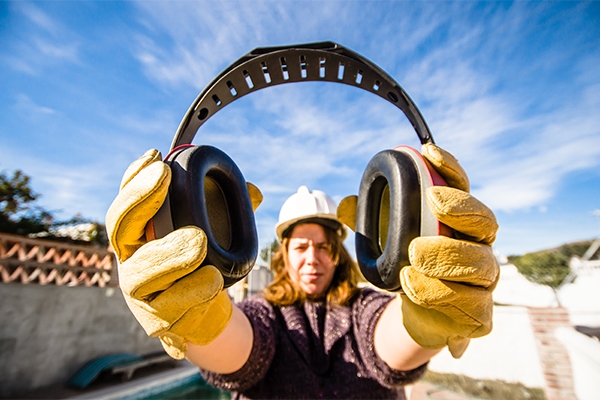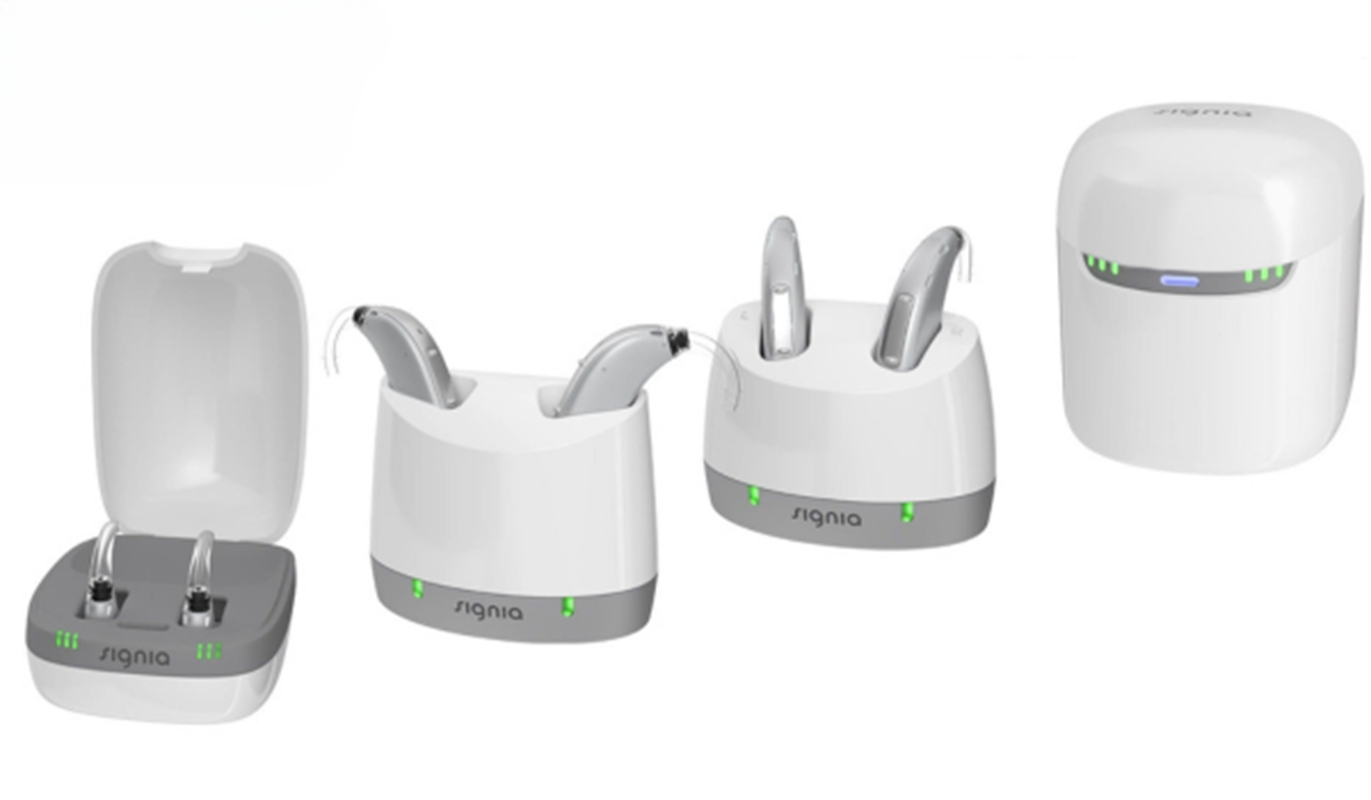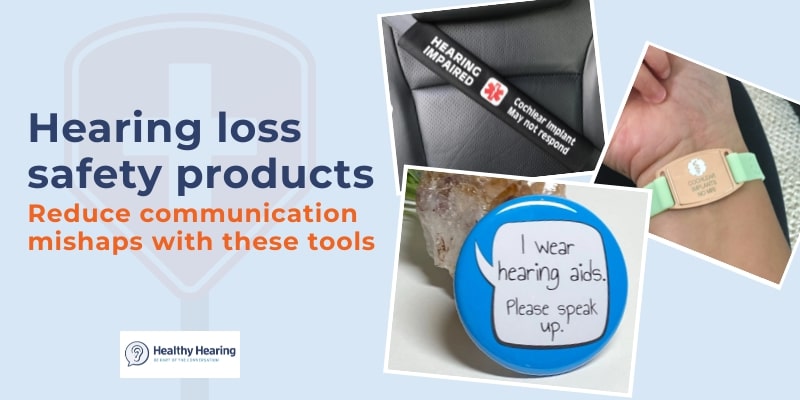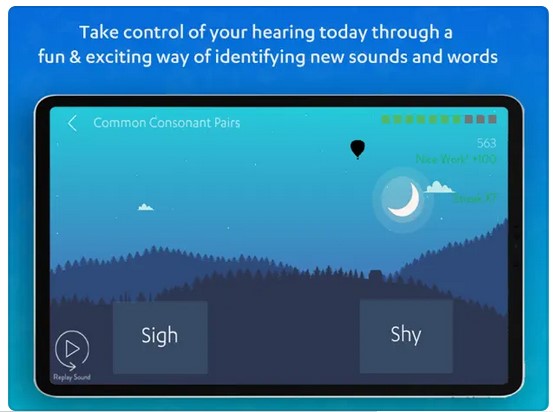Key points:
-
While earwax is essential for ear health, too much can cause clogged ears, muffled hearing, and tinnitus (ringing in the ears).
-
Earwax can be safely removed at home, but if symptoms linger, visit a healthcare provider.
-
Never use a cotton swab or stick anything in your ears in an attempt to remove earwax buildup.
Earwax, known medically as cerumen, is a naturally occurring sticky substance in the outer ear. In normal amounts, it protects your inner ears from bacteria and other invaders like insects (yes, bugs can get trapped in your ears).
More: What is earwax?
However, some people will develop impacted earwax, which can affect hearing. This is more likely if you produce excessive amounts or you tend to have dry, hard earwax. When this happens, you will need to safely remove earwax, either at home or with the help of a professional.
What are the symptoms of impacted earwax?
Signs you have earwax blockage include:
- Ears that feel stuffy or clogged
- Muffled hearing
- Tinnitus that sounds like roaring or buzzing
- Your voice seems louder
- You're coughing for no apparent reason (the impaction also can press on the vagus nerve, triggering a chronic reflexive cough).
Steps for removing impacted earwax
What to do
- Buy over-the-counter earwax softening drops if your ears are otherwise healthy. These are available online or at drugstores. These drops contain ingredients like mineral oil, hydrogen peroxide, saline, or carbamide peroxide.
- Gentle water irrigation. After the drops you can use a rubber bulb syringe to gently rinse the ear with warm (not hot) water. Tilt your head after to let the water and wax drip out, then gently pat the outside of the ear dry. You may need to do this several times over the course of a few days, but don't overdue it. Note: Cold water can cause dizziness.
Does earwax removal hurt?
Earwax buildup is not typically painful. Pain may be a sign of another condition. Ask a doctor before doing this if you have ear tubes (used to treat chronic middle ear infections), or if you have any ear pain.
What not to do
- Never insert a cotton swab, hairpin or any sharp instrument in an attempt to remove wax yourself. This can push the wax deeper into the ear canal where it is unable to be sloughed off naturally, or you could even puncture your eardrum.
- Do not try ear candling. Besides having no proven benefits, ear candling can cause burns, wax blockage, punctured eardrums and serious injury.
When to see a professional about earwax
If your ears remain clogged after trying at-home methods, make an appointment with a hearing specialist or medical professional.
They can examine your ears using an otoscope—a tool that allows them to see inside the ear canal. If wax buildup is confirmed, they may safely remove it using professional ear cleaning methods such as irrigation, manual removal with a curette, or suction.
Do you need to clean your ears?
Normally, no. Your ears are self-cleaning. Trying to clean your ear canals regularly using things like cotton swabs is unnecessary and may cause more harm than good.
Inserting small objects like swabs or a finger into your ear can push wax deeper, where it may harden and cause more problems.
Additionally, removing earwax can also trigger your body to produce more, leading to buildup, hearing issues, and a higher risk of infection.
How to safely clean ears
If you do clean your ears, you can wash them using a warm, soapy wash cloth. Letting warm water from your daily shower run over (but not in) your ears every so often is probably enough to soften and loosen excess earwax.
What if I wear hearing aids?
It's important to clean your hearing aids daily to avoid earwax buildup. Always use a professional kit with tools made for your hearing aids, and not objects found around the home. Most kits come with a wax pick or wire loop for removing wax and debris.
Find earwax removal near you
Earwax is a natural and important part of ear health. But when it builds up or becomes impacted, it can lead to discomfort, hearing changes, and even infection.
If you think excess earwax might be causing issues, many hearing care providers offer safe, effective removal. Search our directory to find a hearing care provider near you who offers this service.
The above is the interpretation of Impacted Earwax: Safe Removal Methods and Warning Signs provided by Chinese hearing aid supplier Shenrui Medical. Link https://www.srmcm.com/Blog/Impacted_Earwax_Safe_Removal_Methods_and_Warning_Signs.html of this article is welcome to share and forward. For more hearing aid related information, please visit Blog or take a look at our Hearing aids products


